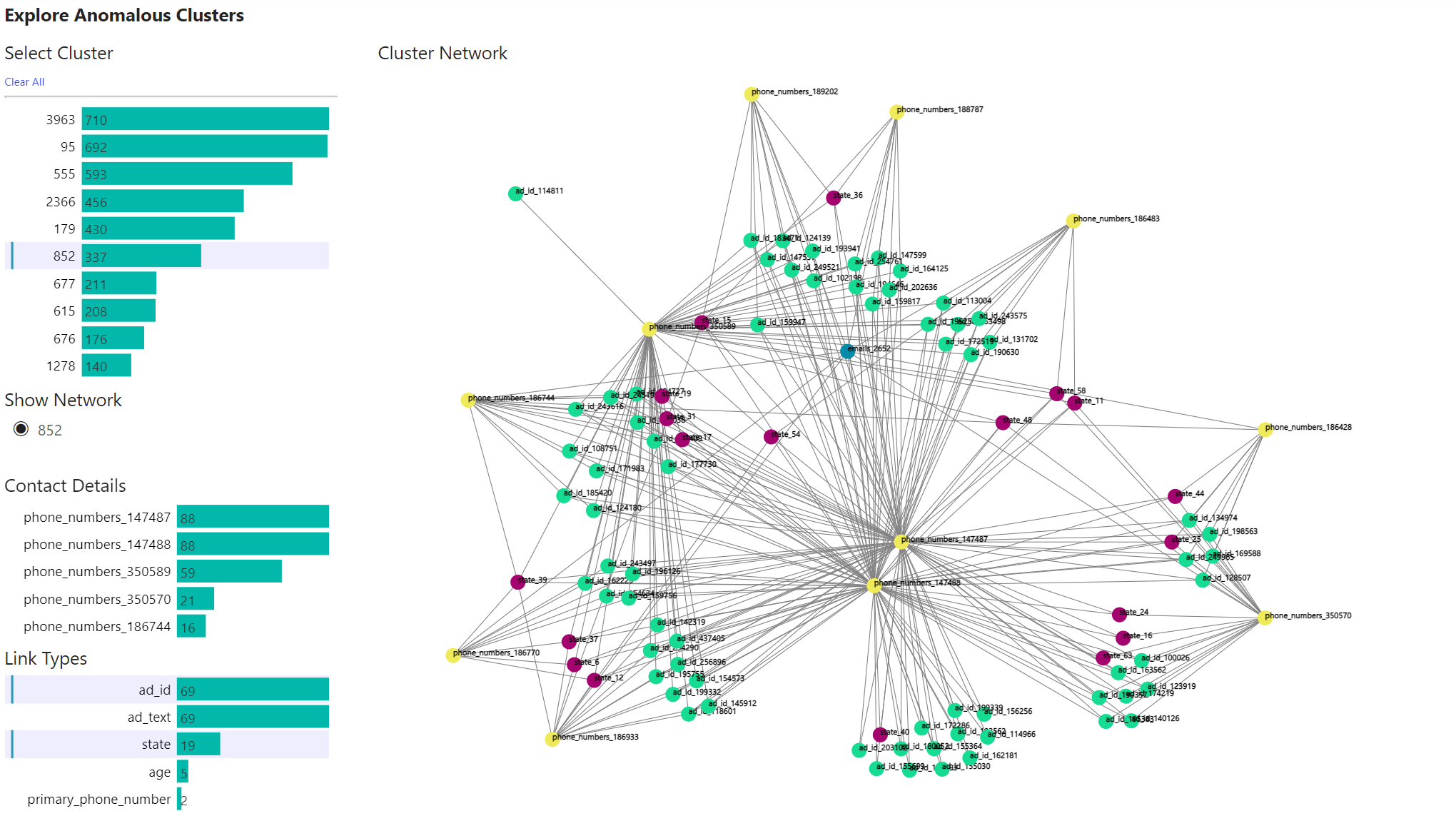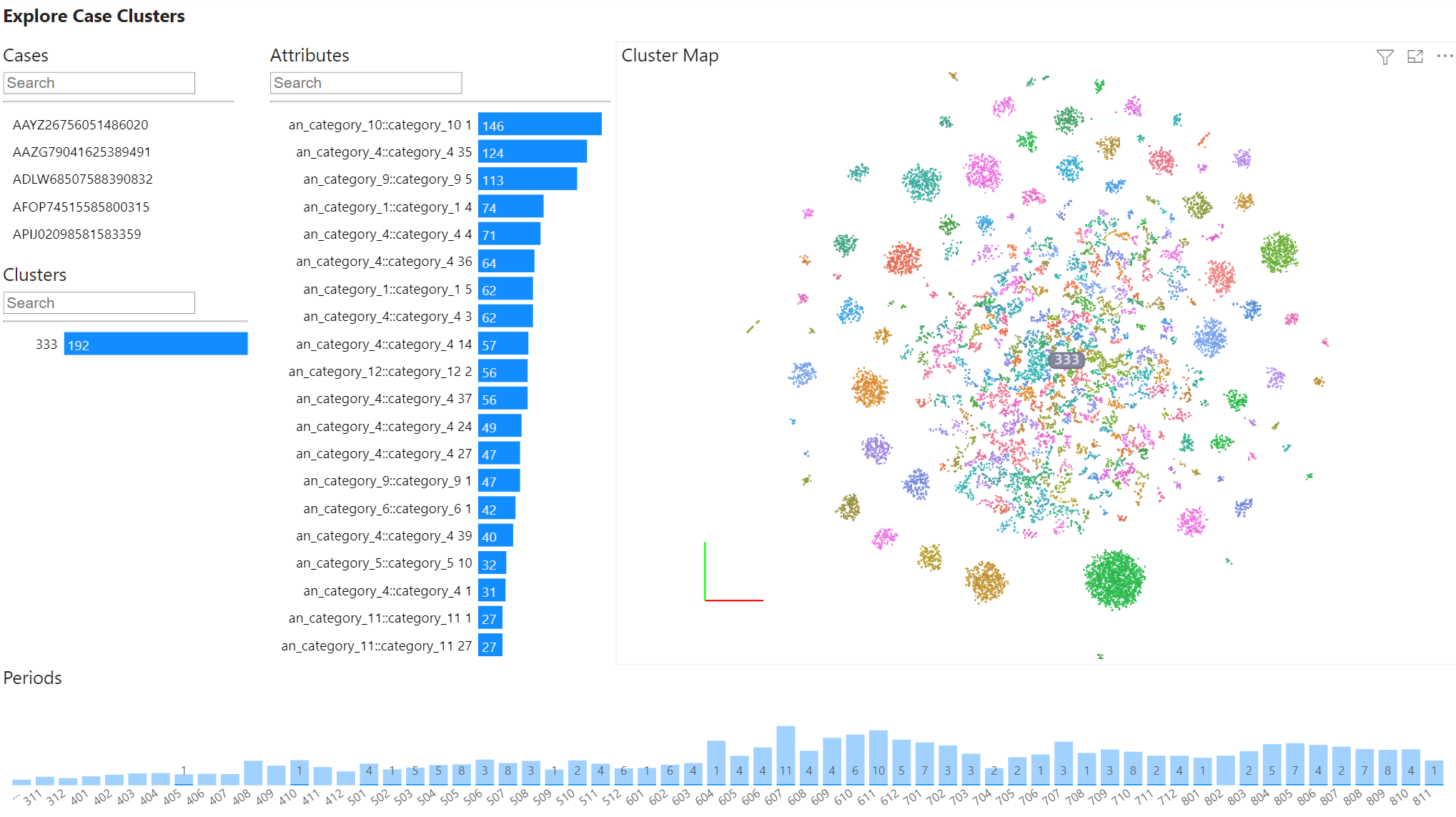
Authors
Last week, Tech Against Trafficking (TAT) brought together technologists, nonprofits, academics, governments, and policy-makers from 60 countries in a virtual event to celebrate the close of its second Accelerator and discuss how tech advancements can be used to combat human trafficking.
Launched in 2019, the TAT Accelerator Program aims to identify promising uses of technology in the anti-trafficking field, harnessing the expertise and resources of member companies to advance and scale the work of organizations deploying technology that assists victims, law enforcement, business, and civil society.
“The gaps in partnerships are highlighted in many tech solutions. So many people talk about tech solutions for case management, for supply chains, but we’re not asking, ‘what have we done with what was developed yesterday? How can we build on each other’s invention?’ If we don’t figure out this partnership piece, we’re going to spend a lot of resources because tech solutions are not cheap.”
–Sophie Otiende, CEO, of the Global Fund to End Modern Slavery (GFEMS)
Tech Against Trafficking welcomed two new organizations to the program over the course of 2021-2022: The Lantern Project and Unseen UK.
The Lantern Project is dedicated to combating sex trafficking. Its online platform “Freedom Signal” enables anti-trafficking organizations that provide assistance to victims of trafficking to send targeted outreach to individuals who are advertised for sexual services online. In the Accelerator, TAT supported the Lantern Project to develop a go-to-market strategy for “Freedom Signal” and improve its victim identification process.
Unseen runs the Modern Slavery & Exploitation Helpline in the UK. TAT helped Unseen design a new data management platform that generates insights from case data, improved its process that matches cases to supply chain data, and developed a marketing strategy for its Business Portal, which helps businesses identify cases of human trafficking across their supply chains.
Making Sense of Human Trafficking Data
TAT supported both organizations in optimizing their data infrastructure and making sense of the human trafficking data they collect. In both cases, data was extracted and analyzed in a cloud environment hosted by Amazon Web Services. Leveraging technologies developed in the previous TAT Accelerator in partnership with the Counter-Trafficking Data Collaborative, the organizations created synthetic datasets from the human trafficking data they collect to share data responsibly and by preserving the privacy of victims. Dynamic graph technology developed by Microsoft Research was applied to these anonymized datasets, allowing the organizations identify patterns and generate insights. In turn, this will help the organizations improve operational efficiency and provide more effective services to reduce human trafficking.
“Unfortunately, there are still too many data silos, and the understanding of the issue is still limited. Data is powerful, but it’s only powerful if you do something useful with it, like the Lantern Project, like Unseen. We’ve been so delighted with the TAT Accelerator program to maximize the potential of our rich data, and all I can do is hope that others catch up with us in due course.”
–Justine Currell, Unseen UK
The Lantern Project’s “Freedom Signal” platform helps service providers identify potential victims of sex trafficking, by scraping online ads and making connections between these ads based on the phone numbers found in them. By applying dynamic graph technology, Freedom Signal can detect anomalies in the data that might represent automated spam, trafficking rings, and other schemes.
The image above shows a cluster of related phone numbers (yellow) connected by different ads (green) across many states (plum). A single email address (blue) is associated with most of these phone numbers. This cluster displayed anomalous behavior because of how the relationships between contact details (phone numbers, email addresses) and victim characteristics (state, age, orientation) vary over time. This means that these contact details are unlikely to represent individuals who might benefit from outreach.
Unseen collects large amounts of data through their helpline that relates to specific cases of human trafficking. By applying dynamic graph technology, they can see how clusters of similar cases emerge over time (e.g., similar exploitation type, victim demographics, police force region). Understanding the different types of cases represented by these clusters allows for more informed decisions and targeted interventions.
The image above shows helpline cases (colored points) clustered by their connection to different case attributes over time. A single cluster of cases (cluster 333) is selected, with the attributes and time periods of cases in this cluster shown for reference. It is possible to see clear structure in the case data even though the attribute values themselves are anonymized.
“I’ve seen great initiatives that are utilizing data well but increasing the utility of data can bring risk if we’re not careful. During the process with TAT, at least half the time was spent working out how to interoperate with engineers, and how to implement safeguards on sharing data.”
–Phil Bennett, Technology Consultant
Looking Forward
As we conclude the second TAT Accelerator, we are excited to support the application of this work in the broader anti-trafficking field through collaboration with companies, civil society, law enforcement, academia, technologists, and survivors.
We are delighted to announce that TAT will launch its third Accelerator in September 2022 with a new cohort of participants. Anti-human trafficking organizations are invited to apply by filling out the application form until July 1, 2022.
TAT continues to recruit new members and partners to help provide greater support to anti-trafficking organizations and generate a wider impact in the anti-trafficking field. We invite all companies and anti-human trafficking organizations who are interested in being part of this to contact us to find out how to get involved.
Topics
Collaborative Initiatives
Let’s talk about how BSR can help you to transform your business and achieve your sustainability goals.








